Skills are a crucial part of every character in DnD 5E. Being able to perform actions during—and outside of—combat situations is very important, and sometimes that requires rolling a dice.
That said, skills aren’t always very obvious. Some might see constant use while others lie in wait, covered in dust. If you’re confused about how to use these skills yourself, you’re far from alone. In this article, we’ll explore the main uses for all skills in 5E.
Strength skills in 5E
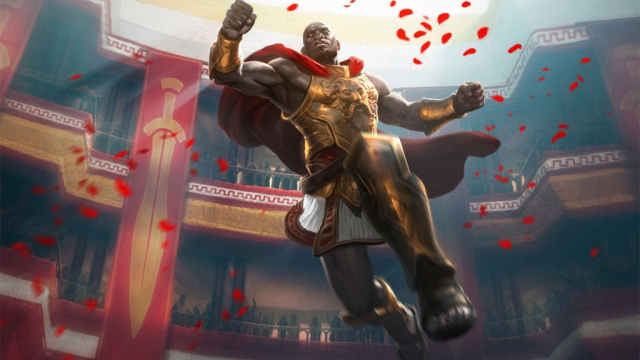
There’s only one skill that relies on Strength, but it’s a fairly well-used one.
Athletics
- Commonly used for: Shove, Grapple, Climbing, Navigation
Athletics represents your ability to overpower foes or your environment. If a skill comes to mind that calls on a character’s raw strength, it probably will want Strength (Athletics).
Athletics often comes up during non-standard actions that involve grabbing, pushing, or dragging. Shove, for instance, is an Attack action that knocks foes prone or pushes them away from you. Unlike BG3, this replaces an action, rather than being a bonus action by itself.
Grappling also uses Athletics, where the grappler tries to grab their victim using Athletics and the victim can fight back using either Athletics or Acrobatics. This is a great way to hold someone in place to give them a beating or keep them in spell negation.
Athletics is also an important part of movement. Navigating treacherous terrain, like via climbing or swimming, can require Athletics if it is dangerous.
The only time you might see Athletics that uses another ability score is if the DM is nice and lets you roll Intelligence (Athletics) to have knowledge of a prominent athlete, or maybe a Constitution (Athletics) check if you’re having to hold up a log for a while.
Dexterity skills in 5E

Dexterity skills are commonly used by Rogues and involve quick movements and coordination.
Acrobatics
- Commonly used for: Escaping bad situations, keeping balance.
Acrobatics is a defensive skill that is usually called for if your character’s about to fall over. This is most often relevant during balancing acts or to escape from a Grapple. That said, moving carefully from perch to perch or climbing in a particular way can also involve Acrobatics.
Abilities that use Acrobatics have a narrower scope than those that use Athletics, but Acrobatics is also responsible for keeping you safe. It isn’t the most important skill in the world, but if you’re asked to roll for it, it’s often because you’re just a hair’s breadth from death. That hair’s breadth is often DC 15, so proficiency can transform this from coin flip into a safe check.
When escaping from a grapple or from being tied up, you roll your Acrobatics against your foe’s Athletics or Sleight of Hand. This represents you slinking out of the grab.
Sleight of Hand
- Commonly used for: Picking locks and pockets, performing tricks.
Sleight of Hand represents your mastery of hand-eye coordination in 5E. It involves making miniscule movements with surgical precision. Failing these checks can often trigger deadly traps or result in a thief being caught by a guard. So, proficiency is key.
Thieves’ Tools are often used instead of Sleight of Hand, but your DM can ask for either one when a character picks a lock or tries to disarm a trap. The roll itself is much more prevalent in the wild, where it is responsible for keeping your gear hidden up your sleeve or stashing stolen goods from unsuspecting victims. In these cases, you are rolling against passive Perception.
Still, Sleight of Hand is not all glum thievery. It’s also used for tricks, such as card magic or basic magician chicanery. While less impressive in a world with magic, this skill can still be a good distraction or a valid way to make money as a street entertainer.
Sleight of Hand is used when tying knots, though it uses Intelligence instead of Dexterity in those cases.
Stealth
- Commonly used for: Hiding.
Stealth refers to your ability to blend in with your surroundings and is used when you are Hiding from something. It goes against Perception DCs, much like Sleight of Hand, but involves hiding your entire body rather than just an item.
Stealth relies on you hiding behind something before moving. It is difficult to use Stealth out in the open without specific class abilities or turning Invisible.
Stealth very rarely uses other ability scores, but a DM might ask you to use Intelligence or Wisdom (Stealth) to hide a campsite in a forest, or Charisma (Stealth) to disappear naturally from a conversation without worrying the other conversant.
Intelligence skills in 5E
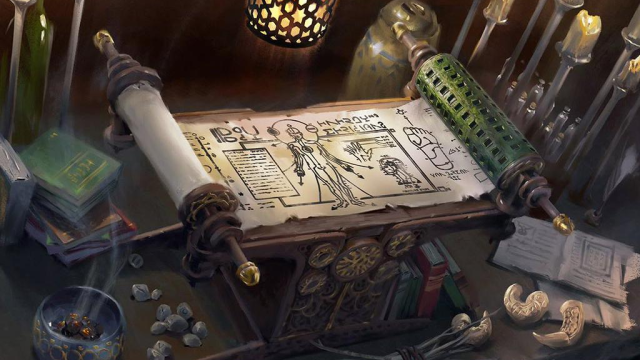
Intelligence skills are usually linked to knowing about something.
Arcana
- Commonly used for: Identifying items or creatures.
Arcana is a skill that determines your knowledge of Wizard-related things, so you often use it for identifying magical goods—an Artificer’s dream. These include magical items, spells, extraplanar beings, eldritch symbols, magical traditions, and the Planes.
Arcana can be used to trigger magical events. In these cases, it often uses the character’s primary casting stat, which is usually either Intelligence or Charisma. Wisdom casters are more closely linked to Nature and Religion.
History
- Commonly used for: Identifying past events or people of importance.
History is a knowledge skill about the past, so it applies to big events that would enter the word of mouth. This includes popular individuals, kingdoms past and present, recent wars, and lost civilizations. It also can include architecture or technology, which is especially effective for Dwarves and Rock Gnomes.
History rarely applies outside of Intelligence rolls, since it is intended to refer to your knowledge of the past and important events.
Investigation
- Commonly used for: Obtaining information and making deductions.
While Intelligence is full of skills about knowledge of the past, Investigation is all about what your character learns in the present. This is a relatively open-ended skill that can do anything from identify the weapon a wound came from to quick-reading through scrolls to learn something new.
Investigation can also refer to the ability of a character to know where to go in a city for new information. A high Investigation check might lead the character to an important place, while a low one could put them in danger or give them a false deduction.
Investigation is almost universally Intelligence, but Charisma (Investigation) might be used to move through conversations and gather information.
Nature
- Commonly used for: Identifying naturally occurring elements of the world.
If it comes from the material plane and isn’t part of a civilization, Nature is the knowledge check for you. It is used for identifying water-borne creatures, flying beings, plants, rock formations, and weather cycles alike.
Nature is fairly heavily used as a knowledge check, since most living things occur naturally in DnD 5E. Even something like a Frost Giant might be a Nature check to learn more about, though arguments can be made for Arcana instead.
Nature might also be used to activate things created by Druids. In those cases, you may use Wisdom instead of Intelligence, based on how your DM interprets it.
Religion
- Commonly used for: Identifying anything related to deities, cults, and religious practices.
As soon as worship, holy symbols, or religious elements apply to an entity, Religion is the knowledge check you’ll use. You’ll normally use it to identify things like a deity’s portfolio, the affiliation of a church, what the worshippers of a god do, how those clergies are structured, and what they wear or use.
It’s also used to identify the practices of more secretive things, like cults or hidden rituals. That said, those checks tend to be much more difficult.
Religion might be used to activate a holy artifact, in which case it could use Wisdom if it came from a Cleric or Charisma if from a Paladin.
Wisdom skills in 5E

Wisdom-based skills are largely instinctual, revolving around how a character reacts to their world in an instant.
Animal Handling
- Commonly used for: Calming and directing animals.
Animal handling is used for interacting with animals when you cannot otherwise communicate with them. This can mean directing your mount through a risky maneuver, interpreting what an animal is feeling in a moment, or guiding a trained animal through a new trick.
While 90 percent of Animal Handling checks involve interacting directly with an animal, it isn’t universal. For instance, an Intelligence (Animal Handling) check might be used instead of Nature if it involves knowing about a specific trick or how an animal interacts with something.
Insight
- Commonly used for: Inspecting a person’s speech.
Insight is your ability to read how someone talks or acts in a moment. It is commonly used as a roll against a Deception check to see if someone is able to lie to you or omit information without you realizing.
Active Insight checks can reveal minor quirks in a conversation and typically go against passive Deception (or, 10 plus their Deception modifier). These checks can reveal if a creature is omitting information, wants to leave, or is glancing at something.
Insight always involves another creature. It can be used on animals, but tends to be better for conversations with sentient beings. It can also be used to interpret movement or see if someone is preparing for combat.
Medicine
- Commonly used for: Identifying maladies, stabilizing someone who’s dying.
Medicine is the only way that you can non-magically save someone from dying. Needless to say, that’s not a bad thing. To do so, you must be adjacent to the dying person and roll a Wisdom (Medicine) check as an action with a DC of 10. Healer’s kits can ignore the check, as can the cantrip Spare the Dying.
It’s also used to identify toxins to the body, like poisons or illnesses. Additionally, it can be used instead of Investigation to identify weapons from wounds.
Perception
- Commonly used for: Looking around, listening.
Perception is how you use your four senses to notice things in your environment. Perception is by far the most commonly rolled skill in 5E. Chances are, if you use any of your four senses to check your surroundings, you’ll rely on Perception: It’s used to notice dangers like traps or hidden creatures, feel something odd on a wall, smell something odd in a room, or hear something approaching at a fast pace. You can even use Perception to notice that something is wrong with the food you’re tasting.
It is important to have a good idea of what your Perception is, as well as your passive Perception.
Survival
- Commonly used for: Finding directions, locating food, identifying the stars.
Survival is an explorer’s best friend, and you’ll often roll it while traveling. It has a lot of overlap with Nature, since it can be used to determine tracks or identify that the weather is changing. However, it is much more active, since it’s also how you hunt game, identify a bush is rotten, guide your group through a dark night, or track down someone who’s been hiding from you.
Charisma skills in 5E
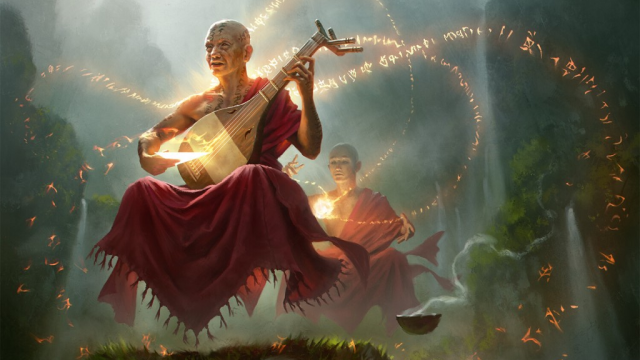
Charisma skills are how you interact with others through speech and body language.
Deception
- Commonly used for: Lying.
If you want to make someone believe something that isn’t true, Deception is here for you. Lying is the most obvious application, but it might also encompass things like acting, disguising as someone else, or maintaining a poker face. You can even use it in combat to do something like play dead, pretend you don’t actually have a weapon and are an innocent bystander, or direct attention away from something else.
Deception is very powerful and is a common expertise option.
Intimidation
- Commonly used for: Getting your way through threats.
If your conversant feels uncomfortable or in danger, you’re Intimidating them. Intimidation is used in situations where, if the person doesn’t comply, they think you’ll do something bad to them. This can be torture, insults, indirect attacks, or even direct attacks. Characters like Barbarians can often convince a DM to give them advantage on Intimidation through Rage or other scary, physical class abilities.
In combat, Intimidation might be useful to direct attention towards yourself. There are no real rules for this, though, so use it only if your DM is a cool one.
Performance
- Commonly used for: Playing instruments, acting, storytelling.
The Bard special, Charisma (Performance) is a check for entertaining people. This can be through any number of verbal and physical methods, such as dancing, acting, or telling stories.
Performance might be one of the skill checks with the most modular ability score. Strength (Performance) can be a strong-man routine while Dexterity (Performance) might be your ability to dive into a small puddle.
Persuasion
- Commonly used for: Getting your way through compromise.
Like Intimidation, Persuasion involves convincing someone to work with you. Unlike Intimidation, though, you are often making compromises with your conversant if you are Persuading them. Examples include promising to be a Kobold’s friend if they show you to the dragon’s hoard, using your social grace to assure an Orc you’re trustworthy so they’ll tell you about their warchief, or negotiating a peace treaty with a nearby kingdom.
Kindness and tact are key to rolling Persuasion instead of any other skill. It is the hardest Charisma skill to use, but tends to provide the best rewards on a successful roll. It’s hard to make friends with Intimidation, and Deception gets you the worst kinds of friends, so Persuasion is key.


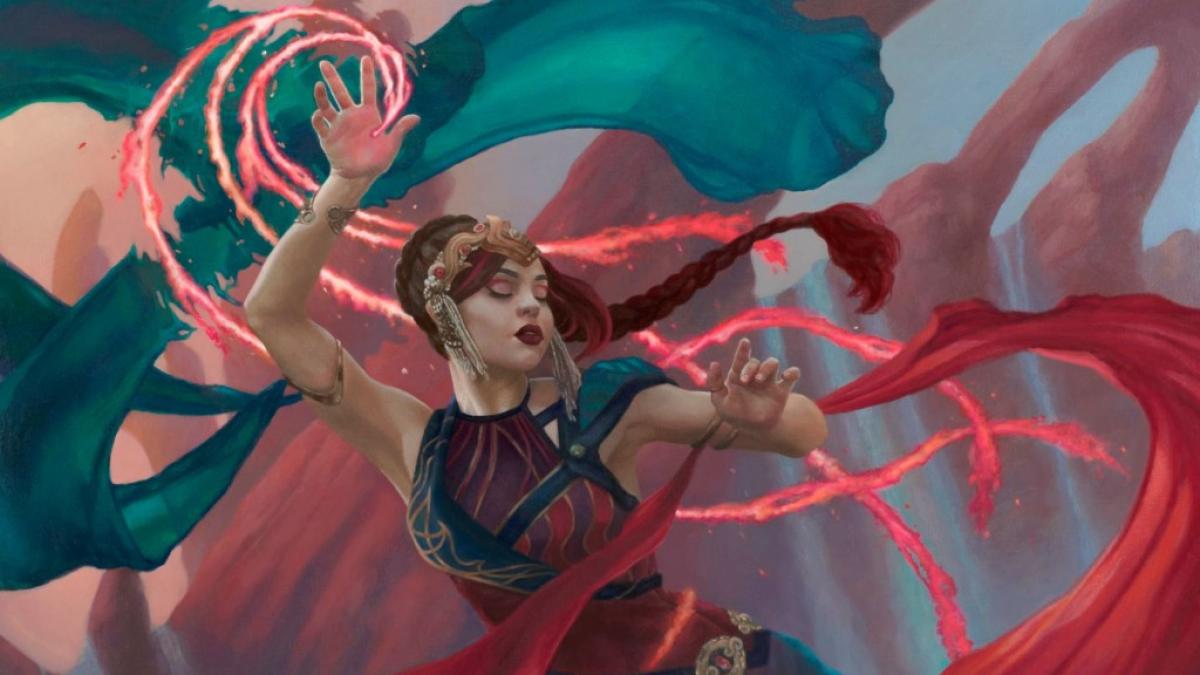



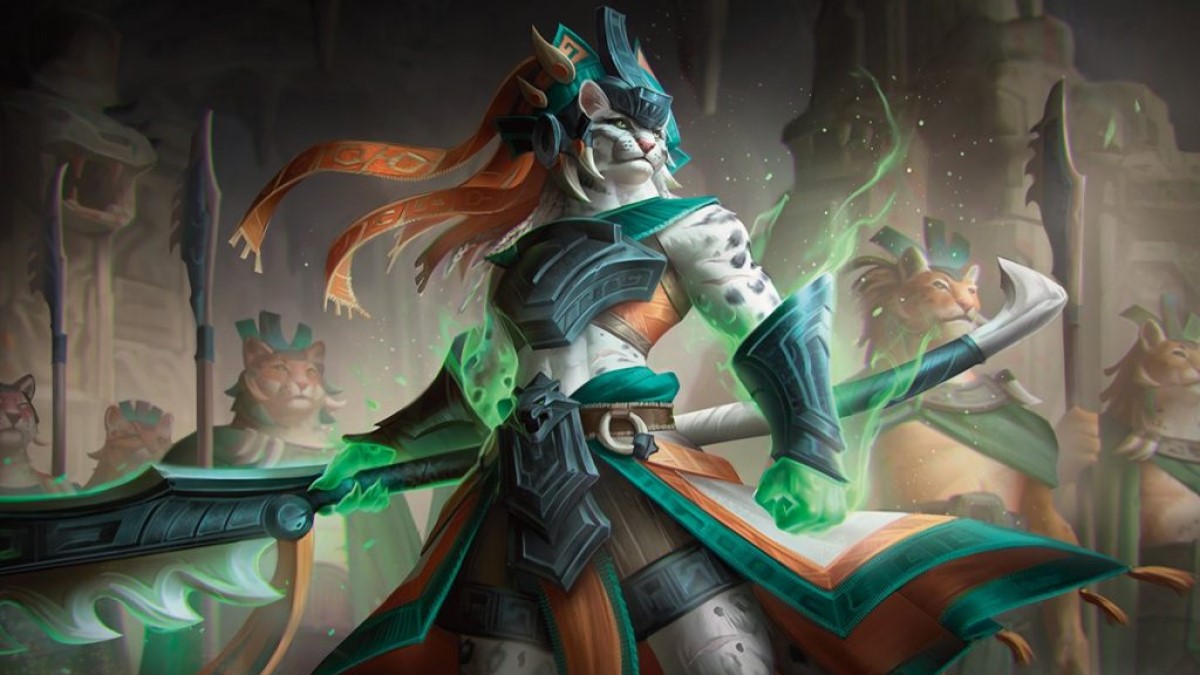





Published: Nov 5, 2023 09:46 am